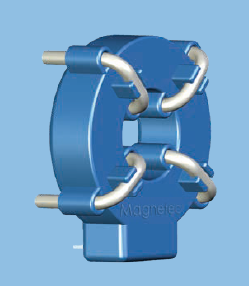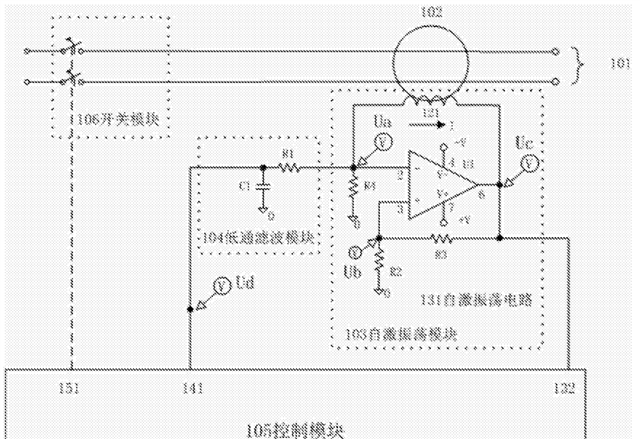Hi, I am testing a product that has been certified to meet TUV IEC 62955.
I have tested the DC earth leakage and found that if the earth leakage rate of change is kept over 10uA per second the product will trip correctly (under 6mA).
If the rate of change is less than this the product will not trip until currents of 15mA (or greater) are reached.
Is this product safe to be installed?
Thanks,
Nick

